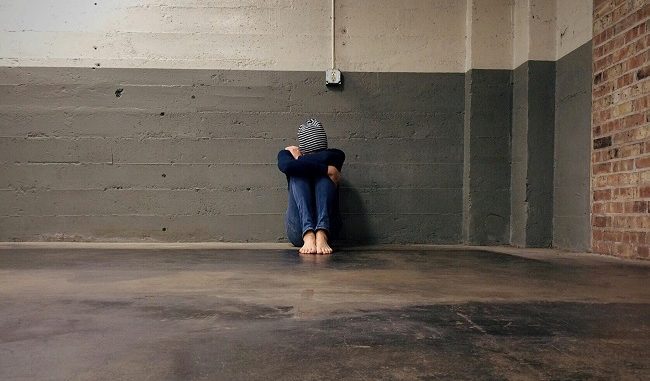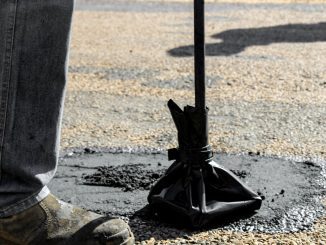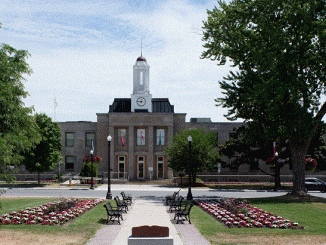
It’s late August in Peterborough, the time of year when the air still clings to summer but the nights remind you that frost is only a few headlines away. For most of us, that means digging out sweaters and grousing about hydro bills. For the city’s homeless, it means the beginning of another long season of sleeping rough on park benches, under bridges, or in the patchwork tent cities that City Hall swears don’t exist—until they’re forced to bulldoze them.
On paper, Peterborough has “strategies.” Bureaucrats love that word. There’s the “Built for Zero” initiative (which sounds like the name of a punk band) and something called a By-Name Priority List — a spreadsheet of human misery where 637 people popped up at least once between November and April. But the lived reality is less “plan” and more “please don’t freeze to death before the next funding cycle.”
Take the shelters. They’re packed tighter than a Leafs game beer line. Brock Mission, the men’s shelter, runs at 99% occupancy, which is basically full but with just enough wiggle room for a guy and his shopping cart if he breathes in. The women’s shelter, Cameron House, runs at 88%, which sounds generous until you realize that’s only twelve beds. Twelve. The YES Shelter for youth and families hovers at 61% occupancy, proving that young people still know how to couch surf. Trinity, the church drop-in, is over capacity every night — 103% full. Apparently, even the pews are booked solid.
And that’s the irony. Ontario’s provincial government keeps throwing around housing quotas like darts at a board—build, build, build—while the people at the bottom of the ladder aren’t even on the scoreboard. Developers like TVM are busy stacking glass towers to meet those numbers, but the folks sleeping in the shadow of those cranes are left out of the blueprint. City Hall talks a good game about compassion, but compassion doesn’t keep you warm when it’s minus twenty on a Tuesday night and the shelter’s already full.
So where does that leave the unlucky ones? Outside. On an average night, 25 to 40 people are sleeping under the stars, which is romantic only if you ignore the fact it’s February and the Otonabee River wind cuts like a broken beer bottle. Some estimates put it closer to 70 people on the coldest nights, but at a certain point the numbers blur. Whether it’s 25 or 70, they’re still your neighbours freezing in a tent while the rest of us bicker over property taxes.
The city has tried solutions. Last winter, they cracked open the old Morrow Building and turned it into a pop-up shelter. Nothing says “emergency relief” quite like spending the night in what used to be a public health office. Then there’s the modular housing project on Wolfe Street: fifty little units that look like shipping containers but come with doors and heat. Within ten weeks, 49 of them were filled. People called it “transitional housing.” Translation: it’s the nicest thing on Wolfe Street right now.
Council recently voted to toss another quarter-million at the Housing Stability Fund and almost $300K to Brock Mission. That’s not nothing. But it’s also not much compared to the cost of, say, a single downtown condo with a coffee bar in the lobby. Meanwhile, requests to expand Trinity’s overnight program were turned down, because heaven forbid someone get too comfortable on a church basement floor.
Here’s the thing: Peterborough is hardly alone. Across Ontario, homelessness is up, shelters are crammed, and cities are scrambling for band-aid solutions while pretending they’re long-term cures. The difference here is that Peterborough is small enough that you can’t look away. You see the tents in Victoria Park, you see the line outside the warming room, you know the names.
And that’s the kicker. This isn’t Toronto, where misery gets lost in the crowd. Here it’s up close, inescapable, a problem the city keeps promising to “solve” by 2025. Which, given the track record, probably means in 2037 we’ll still be talking about “strategies.”
Until then, Peterborough’s homeless population remains a living reminder of what happens when government plans run into real-world cold fronts: a whole lot of people sleeping rough in a town that prides itself on being neighbourly — just not neighbourly enough to make sure everyone’s indoors.



